Yanko Design - Latest Posts |  |
- The Power Of My Wrist
- Behold! The Power of Refraction!
- Storms Checked at the Door
- Walkman Inspires DAP
- Turntable Gets A Makeover
| Posted: 18 Jun 2009 12:42 AM PDT Dyson Energy Bracelet is a gadget that uses Seebeck effect to harness energy and power your mobile phones for a few precious minutes more, when you desperately need it. Lemme explain a bit: The thermoelectric effect is the direct conversion of temperature differences to electric voltage and vice versa. This typically includes three separately identified effects, the Seebeck effect, the Peltier effect, and the Thomson effect. This is coz three different guys discovered it around the same time, however Peltier–Seebeck and Thomson effects are reversible and Joule heating is not. The designers explain:
Designers: Mathieu Servais, Clément Faydi & Mickaël Denié
|
| Behold! The Power of Refraction! Posted: 18 Jun 2009 12:35 AM PDT Yes! You’ve heard of it in your historical legend class teachings, but you’ve never thought it could be harnessed again in our time! But it has been! The refraction of light, my friend, the very harnessing of waves of brightness through awesome, awesome science. What we’ve got here is an installation proving the power of refraction yet again, this time with singles and bunches of LED lights and laser-cut acrylic to lead the way. Ruth McDermott, show us! Behind curtain number one we’ve got history!
Behind curtain number two we’ve got factoids!
Behind the third curtain we’ve got what I’ve got to say!
So very shiny. Designer: Ruth McDermott
|
| Posted: 18 Jun 2009 12:10 AM PDT Sorry, no hurricanes allowed in here. We spent all of one afternoon installing these here hurricane shutters on the entrances so you should probably take a hint, mister hurricane. What we have here is a solution to the aches and pains one must go through to install hurricane shutters on doors and windows when the season arrives. These are made of Lexan, which is normally a hurt to drill through - with Sachin Mistry’s shutters, the shutters stay fresh, minty, and un-screwed! What’s that you say: un-screwed? The kind of un-screwed that means there was never a screw in the first place? Triflin wits! How is such a thing done! With sleeves, of course!
So they’re good to go! This is basically plug-n-play storm shutters. Gotta love anything this simple to construct that also works fabulously. Designer: Sachin Mistry with Fitch
|
| Posted: 18 Jun 2009 12:02 AM PDT Walko Audio Player is inspired by the simplicity of the retro walkmans that had no-fuss features. Lemme round up its proposed specs for you: a full e-ink touch screen with automatic backlight when it’s dark; two bold black lines that indicate volume control and timeline; 4GB of memory (amount used up is displayed boldly); 3.5mm standart jack for headphones; Bluetooth 3.0. What makes it promising is the vow of low power consumption so that it lasts you longer than ever! Designer: Dimo Trifonov for Studio Nufabric Walko Audio Player by Dimo Trifonov of Studio Nufabric from Takashi Yamada on Vimeo.
|
| Posted: 18 Jun 2009 12:00 AM PDT The majority may be hooked to their digital players but there plenty of old-schoolers who hang on to their vinyl for dear life. Trying to appease this segment is "Linos", a portable record player. Ditching the traditional full platter configuration for modern sensibilities, this player takes into consideration the space demands and limited mobility of regular turntables. Simply load the record to the lower spindle element and lock it into place from above. Pushing down on the power icon then releases the tonearm and spins up the record. Hook up the player to your comp via micro USB for sound and powering or use the USB power adapter with standard stereo jack output. Designer: Charles Pyott
|
| You are subscribed to email updates from Yanko Design To stop receiving these emails, you may unsubscribe now. | Email delivery powered by Google |
Inbox too full?  | |
| Google Inc., 20 West Kinzie, Chicago IL USA 60610 | |

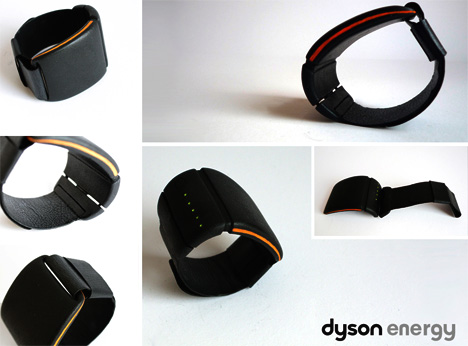
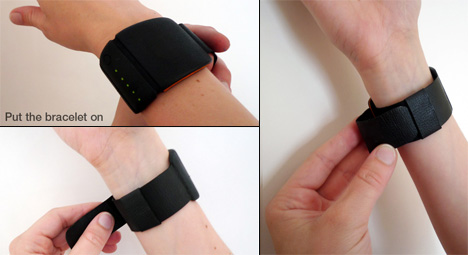
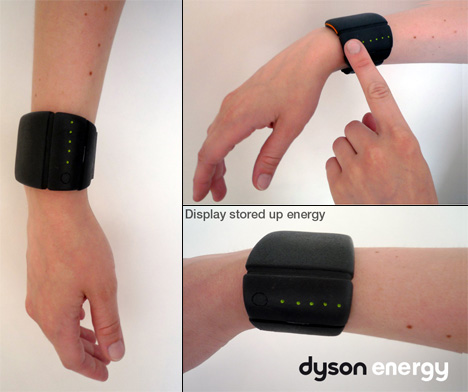
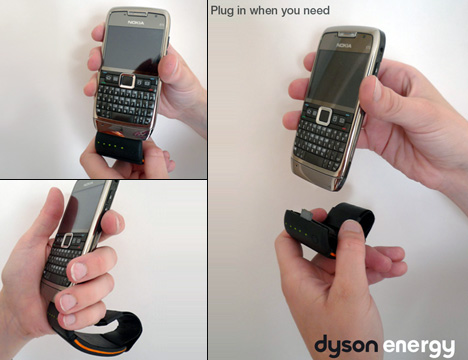
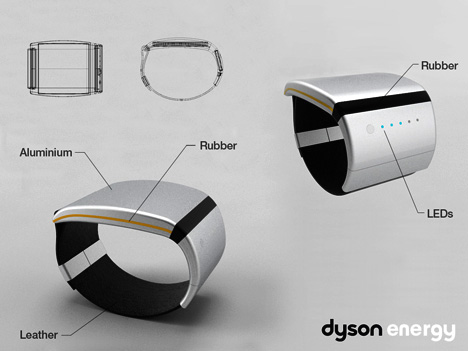
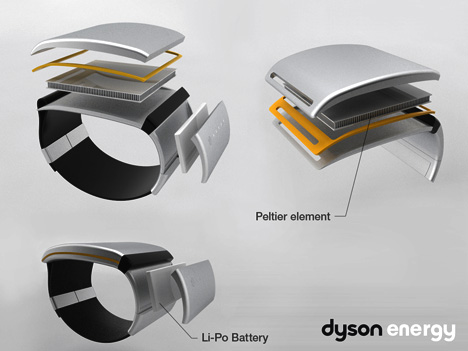
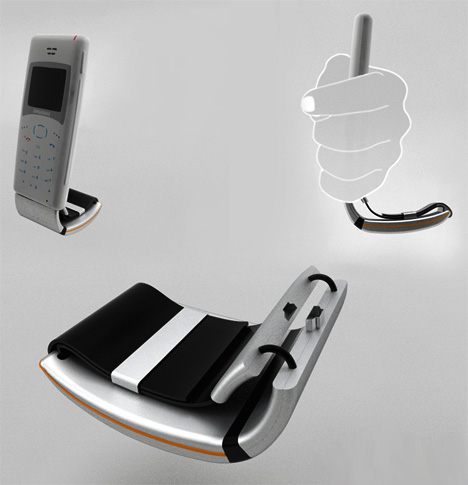
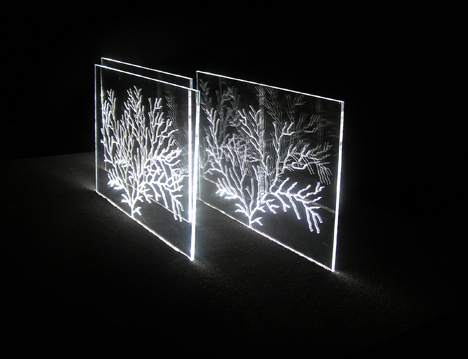
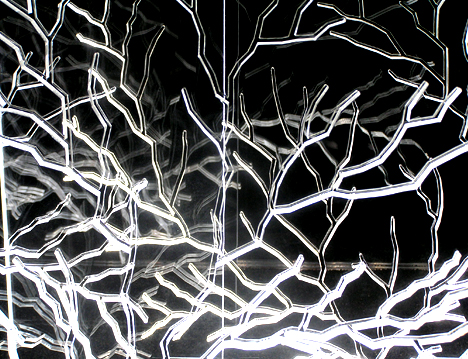
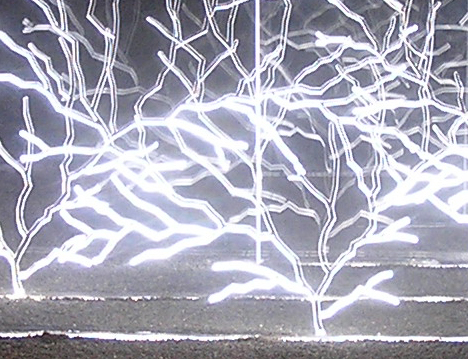
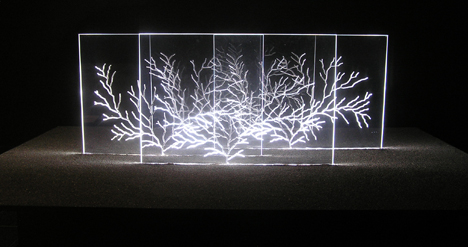







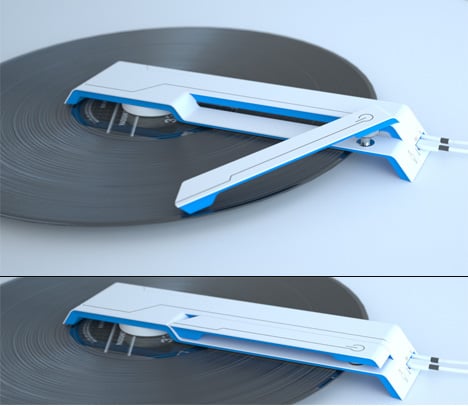

No comments:
Post a Comment